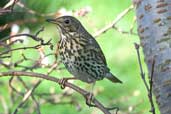
See the distribution map at xeno-canto.
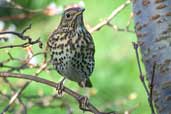
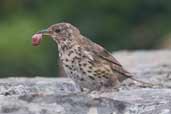
Photos 3 to 7 were taken on Cape Clear Island, Co. Cork, Ireland and show the sub-species T. p. hebridensis which is darker brown above with a greyish rump and larger spots on the underparts.

There is a BTO video showing the differences between Song Thrush and Mistle Thrush T. viscivorus.
The song is usually song at dawn or dusk.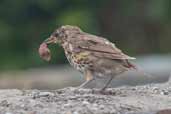
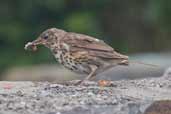
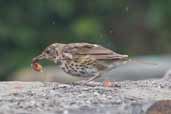
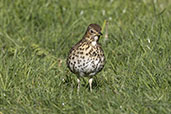
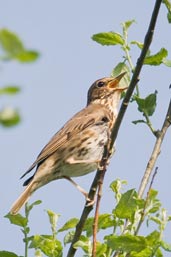
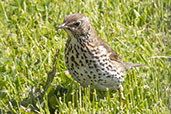
| Previous Page | Back to Index | Next Page |